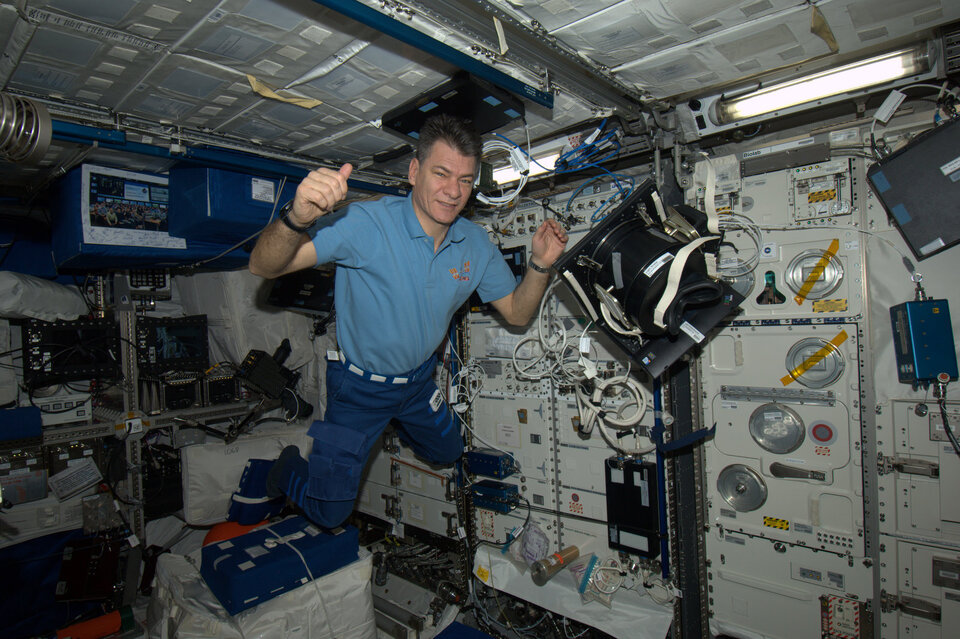Human spaceflight and exploration
Based on past successes, the changes that have taken place since the Ministerial Council in 2008 and the challenges of the future, ESA will focus on the full exploitation and utilisation of the ISS and on the ExoMars project implementation as short-term top priorities within a long-term strategy.
The Director General has developed, in consultation with the stakeholders concerned, a coherent exploration strategy aimed at providing a strong and balanced space exploration programme to multiple destinations: low Earth orbit, the Earth's Moon and the Mars system. It is in line with the orientations of the Seventh Space Council in November 2010, inviting the European Commission and the ESA Director General to develop and propose a European exploration strategy encompassing:
- Long-term roadmaps and associated programmes for technologies, in particular for automated and robotic systems, advanced propulsion, and energy and life support systems;
- Fostering interdisciplinary innovation and cooperation;
- European contribution to an international cooperation programme, built on European expertise and interests in line with the roadmaps above.

Developing the required innovative technologies will position Europe as a major actor in this domain. While the exploration of each of these destinations is driven by specific objectives and interests, and implemented with a unique set of capabilities, synergies between them are apparent on a programmatic level. These synergies will be developed and exploited for science, technological excellence and industrial competitiveness as well as for international partnerships.
Five clusters of activities are envisaged for each destination to: sustain ongoing activities and missions under development; start new development activities through the implementation of new missions; prepare for well-defined future missions; develop specific long-term enabling technologies; study prospective missions and technologies, including investigating potential partnerships.
Detailed technology roadmaps have been prepared as part of the Cross-Cutting Technologies, highlighting the current and targeted level of maturity of each technology, the funding programme and the relevance for the envisaged mission.
Proposal to the Ministerial Council
The Ministerial Council 2012 is decisive to further align European activities in view of enhancing European capabilities in critical domains of exploration in the long-term. It will take account of the international context and has the following objectives for the next decade:
- For low Earth orbit: full exploitation of the ISS until 2020 and proceeding further in human exploration preparatory activities;
- For the Moon: two missions, the Lunar Lander and Lunar Polar Sample Return;
- For Mars: two missions, ExoMars and the first EREP mission.
While these activities cover the steps planned for the next decade, activities towards longer-term planning definition, especially to address European contribution to a long-term international cooperation programme, will proceed taking advantage of frameworks like the High level Platform initiated in Lucca in 2011.






